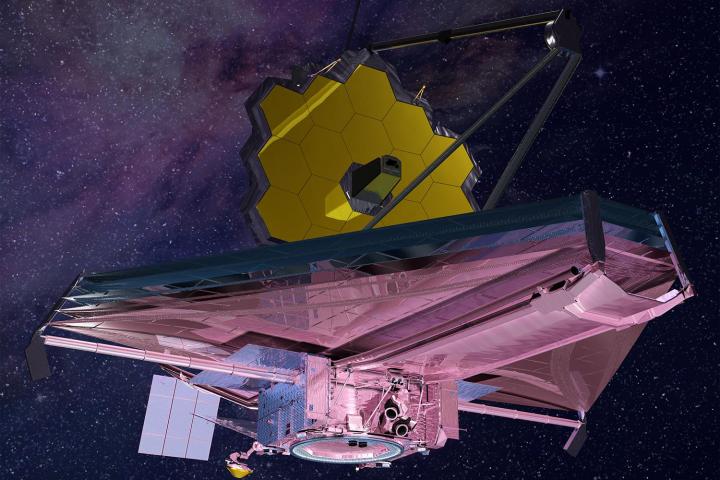
So detailed would the magnification be, researchers say, that the telescope would be able to “resolve objects only 300 light-years in diameter, [like] the nucleus of a small galaxy or a gas cloud on the way to collapsing into a star and planets.” This isn’t your grandmother’s version of stargazing, kids.
The plan for the telescope is detailed in a report entitled “From Cosmic Birth to Living Earths,” a report commissioned by Association of Universities for Research in Astronomy (AURA). Ultimately, the goal of such a telescope would be to determine whether or not we really are unaccompanied by other life-bearing planets, or if there are other lifeforms just awaiting discovery.
The report notes that “… some of humanity’s most compelling questions remain unanswered. Are we alone in the Universe? Are other Earth-like worlds common? Do any have signs of life? How did life emerge from a lifeless cosmic beginning? Curious humans have asked these questions for millennia, but for the first time we can foresee actually answering them. With the right technology, and the right telescope, we could soon search nearby exoplanets for signs of life, and tell the cosmic story of how this life came to be.”
Of course, the big roadblock in this project comes down to a matter of money. AURA’s last big project, the James Webb Space Telescope, set for a 2018 launch date, was initially slated to cost $1.6 billion when it was first proposed in 1995. But now, estimates place the total cost of this Hubble successor at $9 billion, which needless to say, has put a significant dent in the available budget for future projects.
That being said, AURA and NASA aren’t in any big rush to push through the High Definition Space Telescope. In fact, even if everything goes according to plan, there are no intentions to move on anything until the 2030’s. But because of the vast amount of resources in terms of time, money, and manpower needed to get any project of this magnitude off the ground, scientists figured that starting early would be in everyone’s best interests.
So get ready, space enthusiasts. In just a couple decades, we could be seeing a whole lot more of the great unknown.
Editors' Recommendations
- Hubble Space Telescope images exceptionally fluffy galaxy
- James Webb Space Telescope team delivers best possible news
- James Webb Space Telescope reaches destination, so now what?
- Watch Webb Space Telescope team share thoughts on mission
- James Webb Space Telescope unfolds its primary mirror; is now fully deployed


